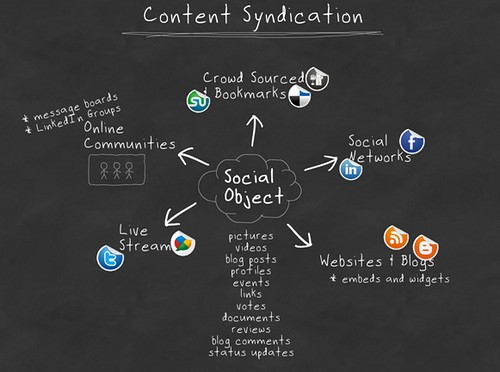The digital revolution has gained prominence in the last decade or so, which is evident from the deluge of technologies, coupled with the advent of online shopping portals, mobile apps, and expansion of global media. Before the digital revolution set into effect, digital marketers trained their focus on creating compelling ads and TV commercials. In addition, some of them splashed the billboards with their creativity. However, the scope of marketing has evolved in a big way since then and technology has facilitated online marketing activities as they seek to reach out to target audience through thousands of channels. In addition, there is a considerable shift in focus towards a data-driven approach to marketing. This has brought better insight to marketers into customer behavior.
E-mail: Essential to Digital Success
It is worth noting that as far as digital marketing is concerned, online data is pivotal to success and marketers should assume responsibility for compiling online data sets into a database. Regardless of the fact that a digital marketing company is equipped with all the relevant offline data, including name, mailing address, and telephone number, one cannot overlook e-mail as one of the most cost-effective tools of digital marketing.
Broadening Role of Data in Digital Arena
While e-mail is just another tool to address the target audience, additional strategies such as paid search advertising and content marketing are gaining popularity in the digital landscape. Considering the fact that marketers have braced themselves for on-line messaging, data has become ever-critical.
Apart from traditional data, it includes social posts and information concerning transactions and searches.









